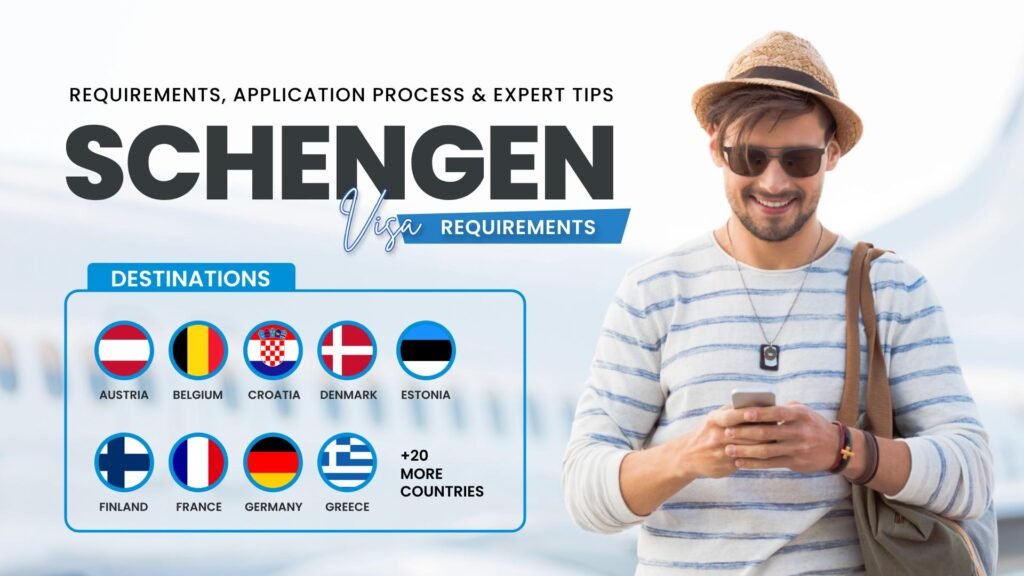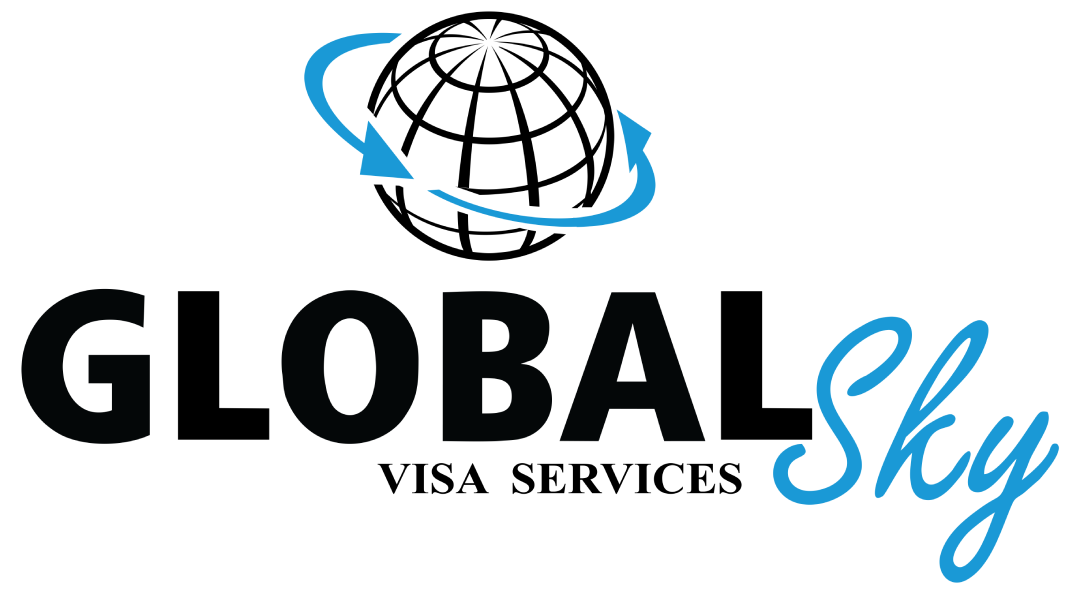
A Schengen visa is your all-access pass to 27 European countries with one sticker in your passport. Think Eiffel Tower afternoons, canal cruises in Amsterdam, gelato in Rome, and trains that glide between cities like it’s no big deal. The application doesn’t have to feel like a maze. With a tidy plan and consistent documents, you’ll set yourself up for a smooth yes.
Who Needs a Schengen Visa
Emirati citizens travel visa-free for short stays (up to 90 days in any 180-day period).
Most expatriate residents in the UAE need a Schengen visa for even short trips. If that’s you, the steps below keep everything organized.
Pick the Right Visa Type First
For holidays, family visits, events, and short business trips, you want the short-stay Schengen visa (Type C). It covers stays up to 90 days within 180 days. If your plan involves study, work, or long-term residence, that’s Type D (national visa)—a different process handled by the country where you’ll live.
Quick sense-check: If your itinerary looks like “two weeks between Paris, Brussels, and Amsterdam,” you’re a Type C traveler.
Choose the Embassy (This Matters)
Apply where your trip logically “belongs”:
-
Main stay rule: the embassy of the country where you’ll spend the most nights, or
-
First entry rule: if nights are equal, the embassy of your first Schengen country.
This choice should match your itinerary. If your flights and hotel nights tell one story and your embassy choice tells another, expect questions.
Build a Clean, Consistent Document File
Think of your file like a well-packed carry-on: everything needed, easy to reach, nothing extra.
Core items usually include:
-
Passport valid 3+ months beyond your planned Schengen exit, with blank pages
-
UAE residence visa valid beyond your return
-
Completed and signed Schengen application
-
Two recent photos (plain white background)
-
Flight reservations (round trip or multi-city holds are fine while applying)
-
Hotel bookings or a host invitation (with address and contact details)
-
Travel medical insurance covering at least €30,000 across all Schengen states, for the entire trip
-
Bank statements for the last 3–6 months (clear PDFs, full pages, no cut-off lines)
-
Employment letter / NOC (role, salary, start date, approved leave, company contact)
Make it skimmable: rename files clearly (e.g., BankStatements_Mar–Aug.pdf, Hotel_Paris_5N.pdf). Matching dates across every item is the easiest way to look reliable.
Book Your Appointment Early
Slots go fast in peak months. Secure an appointment with the embassy, consulate, or its visa center partner (like VFS/BLSS) as soon as your itinerary is set. If you’re traveling in a school break or summer, book even earlier.
Your Appointment and Biometrics
Show up a little ahead of time with your documents in a logical order. You’ll provide fingerprints and a photo if you haven’t done Schengen biometrics in the past 59 months. Keep answers short and consistent with your form: where, when, why, and who’s paying.
Small tip that helps: carry a one-page mini-itinerary (dates, cities, hotels). It makes questions easy to answer at a glance.
Processing Times (and Smart Buffers)
Most cases finish in 7–15 working days. Holidays and busy seasons can stretch that. Apply at least three weeks before travel; a month is even kinder to your nerves. Use the waiting period to lock in refundable bookings, outline day trips, and sort internal trains. For smoother processing, trust UAE’s Best Visa solution.
When the Visa Arrives—Check It Carefully
Open the passport and confirm:
-
Your name and passport number are correct
-
The validity dates fit your trip
-
Number of entries (single vs. multiple) suits your routing
Spot an error? Ask to fix it now. Fixes at the counter take minutes; fixes at the border take miracles.
Common Pitfalls (and How to Avoid Them)
-
Inconsistent dates. Your form says 10 nights; hotels show 8. Align them or add the missing nights.
-
Unexplained deposits. Big lump sums without context can slow things down. Add a one-line note (bonus, refund, asset sale).
-
Weak insurance. Policies must meet Schengen rules (coverage amount, region, full trip dates). Don’t guess—check the certificate.
-
Messy scans. Dark, skewed, or cropped pages look sloppy. Clean, full-page PDFs help officers say yes faster.
-
Wrong embassy. If you apply to a country you barely visit, that’s an invitation for a refusal. Match embassy to itinerary.
Ways to Quietly Strengthen Your Application
-
Show ties to the UAE: active employment, valid lease, family dependents, or ongoing studies.
-
Keep the budget realistic: flights, hotels, local transport, food, and a cushion. Your statements should comfortably support it.
-
Be specific, not wordy: “12 days: Rome (4), Florence (3), Venice (2), Milan (3). Hotels booked; return flight confirmed.” That’s perfect.
A Timeline That Works in Real Life
-
Week 0–1: Finalize itinerary, gather documents, buy compliant insurance.
-
Week 1: Book your embassy/center appointment.
-
Week 2: Attend appointment, submit biometrics and file.
-
Week 3–4: Typical decision window. Stay reachable for any extra document requests.
-
After approval: Double-check the visa, then switch bookings from refundable holds if needed.
Quick Answers to Questions You’re Probably Thinking
Can you apply for multiple entries?
Yes—if your travel pattern justifies it. Frequent regional trips and solid travel history help.
Do you need paid tickets?
A reservation is usually enough at application stage. If you must prepay, favor refundable fares.
What if you’re visiting friends/family?
A proper host letter plus their ID/residency proof and your accommodation details make the story clear.
Travel-Day Readiness
At departure and arrival, keep these handy: passport, visa, insurance, return ticket, hotel addresses, and proof of funds/card access. If an officer asks your plan, a short, steady answer beats a long speech.
Final Thoughts
A Schengen visa isn’t about writing an essay; it’s about telling a clear, consistent travel story with documents that agree. Choose the right embassy, match your paperwork to your itinerary, and apply with time to spare. Do that, and the visa becomes a formality—leaving you to focus on the fun choices: sunrise at Montmartre or a late coffee by the canals, a quiet Alpine train or a lively market square. Europe’s open once your file reads like a confident yes.
